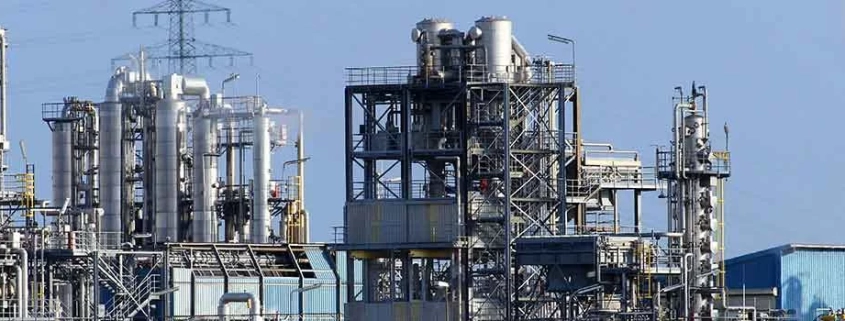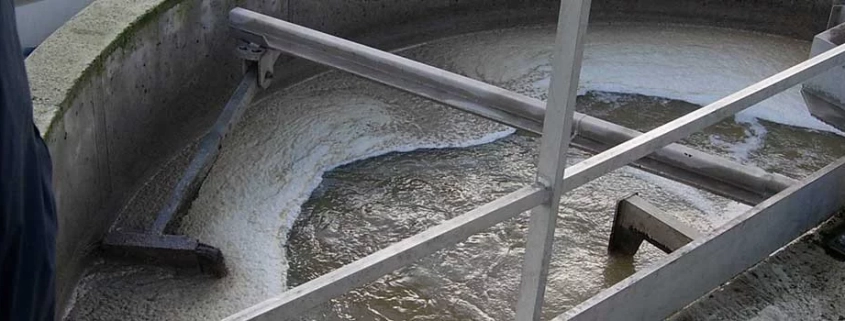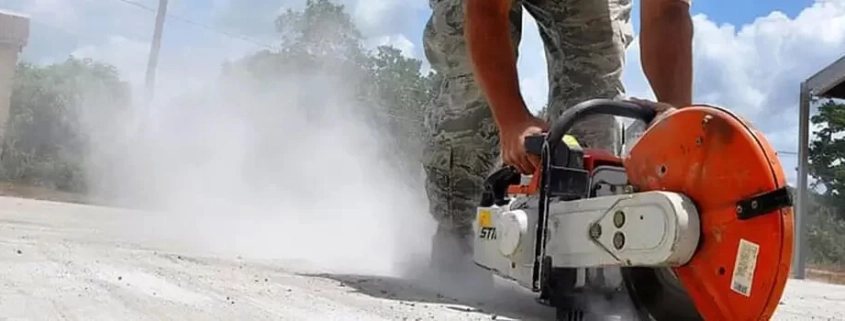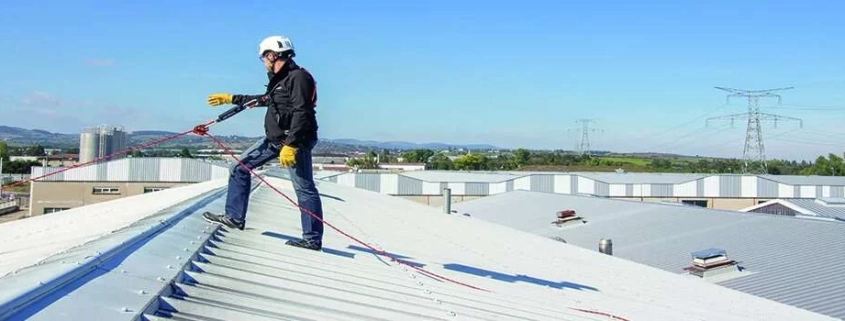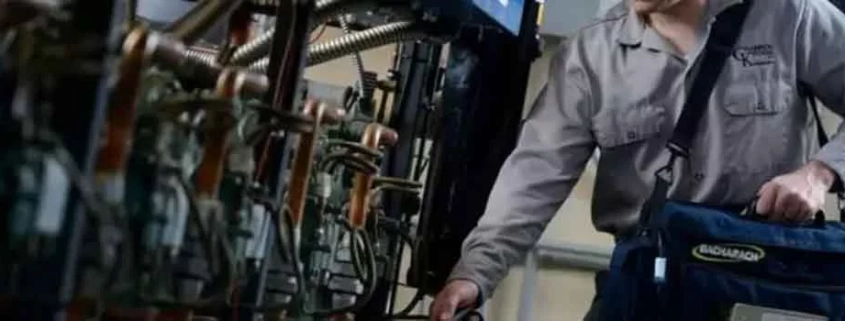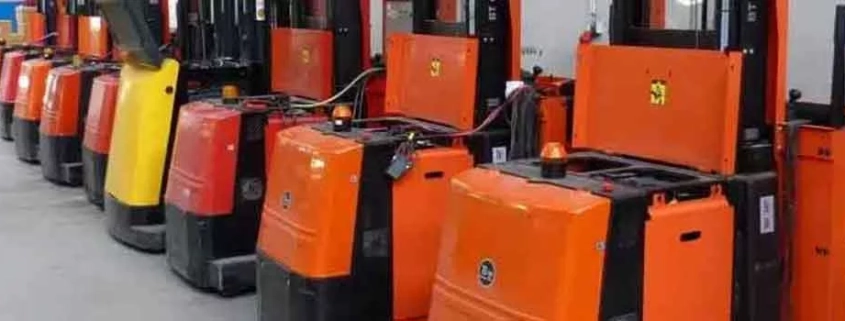At the beginning of the school year, faced with the coronavirus and its aerosol mode of transmission, CO2 monitoring and especially in schools, offices and all occupied spaces and especially in schools, officesdCO2 covid sensor is proving to be an effective solution. Measurement of carbon dioxide in occupied indoor spaces, in ambient air and in all occupied spaces the presence of polluting aerosols It makes it possible to evaluate and ventilate a room accordingly. The GTC Industrial team, experts in gas detection, examines this type of monitoring equipment and offers the ideal solutions for occupied spaces: CO2 detection column And indoor air quality CO2 sensor .
Why should we measure carbon dioxide in a room?
CO2 and indoor air quality
For example, the presence of carbon dioxide in a full room of a school, office or administration is normal. This gas is naturally released by the human body. Because, the more people in a room, the greater the concentration of CO2 in the ambient air and reduces indoor air quality. At the same time, certain activities, such as singing or physical activity, also increase the gas concentration level.
Although this does not depend on the presence of gas, indoor air quality (IAQ) can be conveniently measured by measuring the CO2 concentration in a room . Measuring this gas is the easiest way to understand the air quality in a room and evaluate the quality of ventilation. When the concentration is very high (above 1000 ppm) indoor air is not considered healthy. Then the room should be ventilated (window opening, ventilation, etc.).
Dangers of carbon dioxide
Sınıf, ofis veya toplantı odası gibi yoğun bir kapalı alan doğal olarak bir CO2 konsantrasyonu içerir. Ancak, ortam havasında bu gazın 2000 ppm’den fazla olması durumunda, karbondioksitin sağlık üzerinde anında zararlı etkileri vardır:
- Decreased mental abilities (difficulty concentrating and making decisions, etc.)
- Physiological disorders (headache, increased respiratory rate, watery eyes, tremors, sweating, etc.)
Therefore, in a closed room Health effects from carbon dioxide and poor air quality are significant . In addition to these reasons, monitoring CO2 in ambient air is also proving useful in the fight against coronavirus.
Against coronavirus: CO2 measurement in a closed area
Covid-19 aerosols and CO2
Covid-19 is transmitted in 3 different ways: by spread of droplets, direct or indirect contact and aerosols. Aerosols are particles that are released into the ambient air when a person breathes or speaks. They are very fine droplets (less than one micron in diameter). of these particles several hours in the ambient air of a room There is a high probability of it hanging. They pose a contamination risk when the person spreading them becomes contaminated with the SARS-CoV-2 virus.
There is a high probability of it hanging. Since humans emit aerosols just as they emit carbon dioxide, the CO2 air quality indicator can be used to determine the presence of pathogens in a room. Therefore, high target gas concentrations pose a contamination risk when a person is contaminated with the SARS-CoV-2 virus. presence of aerosols implies (whether or not it is contaminated with Covid-19).
Carbon dioxide monitoring to reduce the risk of Covid-19
Covid-19 aerosol contamination Health authorities, faced with monitoring ensure good ventilation in occupied rooms advocates and presents it as the first line of defense against the virus. Because CO2 monitoring as an indicator of indoor air quality, determine ventilation needs It is the perfect solution for .
A continuously operating carbon dioxide detector in an occupied area A continuously operating carbon dioxide detector in an occupied area It will help. When the gas concentration becomes too high, the detector signals danger to the occupants of the room (acoustic and/or visual light alarm, depending on the selected device). The room should be ventilated by opening windows, doors or activating a ventilation cycle. Refreshing the air of the room discharging aerosols It will then ensure that the risk of Covid-19 contamination is lower.
CO2 detector for schools, offices and occupied spaces
Many carbon dioxide detectors on the market are extremely complex. Between a portable CO2 detector, a fixed detector, different sensor types and different measuring ranges, choosing, using and maintaining a gas monitor for a classroom, a business, an office or different rooms can be particularly challenging. With a clear need for carbon dioxide monitoring for indoors Faced with each other, two pieces of equipment stand out as efficient solutions: the CO2 detection column on one side and the CO2 sensor for monitoring indoor air quality on the other.
CO2 COVID sensor and air quality analyzer
Easy to use and highly intuitive, the HTRAM CO2 sensor (transmission risk air monitor) monitors indoor air quality by displaying the carbon dioxide level, temperature and relative humidity (hygrometry) in the room.
This air quality analyzer CO2 level It has a display, an integrated audible alarm and a color display (red, yellow, green) to indicate the level of contamination risk. This device is complete, discreet, practical and inexpensive. It runs on batteries for 10 hours (can be charged via USB plug) and can therefore be easily moved from one room to another. This air quality analysis equipment is used to identify contamination risks And It is undoubtedly the preferred ally for ventilating a room, office or classroom.
A CO2 light column
The Werma CO2 detector column is a measuring device in the form of an LED traffic light. Gas concentration in the ambient air in the tower indicated by different LEDs:
LED column signals
| LED color | carbon dioxide concentration | Action |
| Green | less than 1000 ppm | |
| Yellow | Between 1000 and 2000 ppm | ventilation required |
| Red | more than 2000 ppm | ventilation requirement |
| flashing red | more than 3000 ppm | ventilation requirement, health risk |
Use of this CO2 monitoring device in the context of the Covid-19 pandemic Use of this CO2 monitoring device in the context of the Covid-19 pandemic With infrared CO2 sensor Thanks to this integrated visual warning device, the air renewal quality of a room is easily addressed and Risk of contamination from viruses such as SARS-CoV-2 is reduced . Indoors, the installation of this equipment associated with social distancing, N95 or FFP2 masks, ideally FFP3 masks against Covid-19, will provide maximum protection against the virus.
These equipment are now used in schools , public spaces , local government areas and even used successfully in many public areas such as Covid-19 screening and vaccination centres.
A simple CO2 detector for occupied spaces
The effectiveness of the Werma CO2 detection column depends not only on the simplicity of its bright display. Actually, In order to adapt as best as possible to all audiences and locations affected by the indoor air quality problem, this equipment maximum performance and simplicity Designed for .
CO2 monitoring column, integrated and with pre-calibrated infrared sensor comes together. The device is ready for immediate use, all you have to do is plug it into a regular electrical outlet. Ideally placed in the middle of the room at a height of less than 2 meters, it very clearly shows the constant concentration of carbon dioxide and the need for ventilation when necessary.
This is ready to use for IAQ CO2 monitoring and signaling device occupies the equivalent of a class . Installing several detectors will check the carbon dioxide concentration level in larger areas such as shops, gyms, warehouses or open offices.


